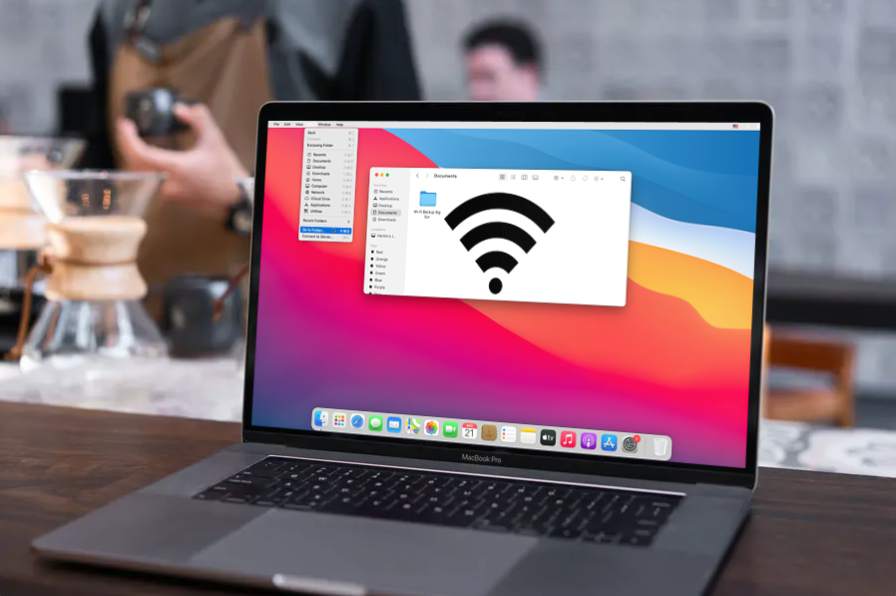The three important issues are:
1. Half Duplex operation –> either send or receive but not both at a given time
2. Time varying channel
3. Burst channel errors
1. Half Duplex Operation
In wireless, it‘s difficult to receive data when the transmitter is sending the data, because: When node is transmitting, a large fraction of the signal energy leaks into the receiver path. The transmitted and received power levels can differ by orders of magnitude. The leakage signal typically has much higher power than the received signal -―Impossible to detect a received signal, while transmitting data‖. Collision detection is not possible, while sending data. As collision cannot be detected by the sender, all proposed protocols attempt to minimize the probability of collision – Focus on collision avoidance.
2. Time Varying Channel
Three mechanisms for radio signal propagation
· Reflection –occurs when a propagating wave impinges upon an object that has verylarge dimensions than the wavelength of the radio wave e.g. reflection occurs from the surface of the earth and from buildings and walls
· Diffraction –occurs when the radio path between the transmitter and the receiver isobstructed by a surface with sharp edges
· Scattering –occurs when the medium through which the wave travels consists ofobjects with
The received signal by a node is a superposition of time-shifted and attenuated versions of the transmitted signals the received signal varies with time .The time varying signals (time varying channel) phenomenon also known as multipath propagation. The rate of variation of channel is determined by the coherence time of the channel Coherence time is defined as time within which When a node‘s received signal strength drops below a certain threshold the node is said to be in fade .Handshaking is widely used strategy to ensure the link quality is good enough for data communication. A successful handshake between a sender and a receiver (small message) indicates a good communication link.
3. Burst Channel Errors
As a consequence of time varying channel and varying signals strengths errors are introduced in the transmission (Very likely) for wire line networks the bit error rate (BER) is the probability of packet error is small .For wire line networks the errors are due to random For wireless networks the BER is as high. For wireless networks the errors are due to node being in fade as a result errors occur in a long burst. Packet loss due to burst errors – mitigation techniques
· Smaller packets
· Forward Error Correcting Codes
· Retransmissions (Acks)
Location Dependent Carrier Sensing
Location Dependent Carrier Sensing results in three types of nodes that protocols need to deal with
Hidden Nodes: Even if the medium is free near the transmitter, it may not be free near the
intended receiver
Exposed Nodes: Even if the medium is busy near the transmitter, it may be free near theintended receiver
Capture: Capture occurs when a receiver can cleanly receive a transmission from one of twosimultaneous transmissions
Hidden Node/Terminal Problem
A hidden node is one that is within the range of the intended destination but out of range of sender Node B can communicate with A and C both A and C cannot hear each other When A transmits to B, C cannot detect the transmission using the carrier sense mechanism C falsely thinks that the channel is idle
Exposed Nodes
An exposed node is one that is within the range of the sender but out of range of destination .when a node‘s received signal strength drops below a certain threshold the node is said to be in fade .Handshaking is widely used strategy to ensure the link quality is good enough for data communication. A successful handshake between a sender and a receiver (small message) indicates a good communication link.
In theory C can therefore have a parallel transmission with any node that cannot hear the transmission from B, i.e. out of range of B. But C will not transmit to any node because its an exposed node. Exposed nodes waste bandwidth.
Capture
Capture is said to occur when a receiver can cleanly receive a transmission from one of two simultaneous transmissions both within its range Assume node A and D transmit simultaneously to B. The signal strength received from D is much higher than that from A, and
D‘s transmission can be decoded without errors in presence of transmissions from A.D has captured A. Capture is unfair because it gives preference to nodes that are closer to the receiver. It may improve protocol performance.

